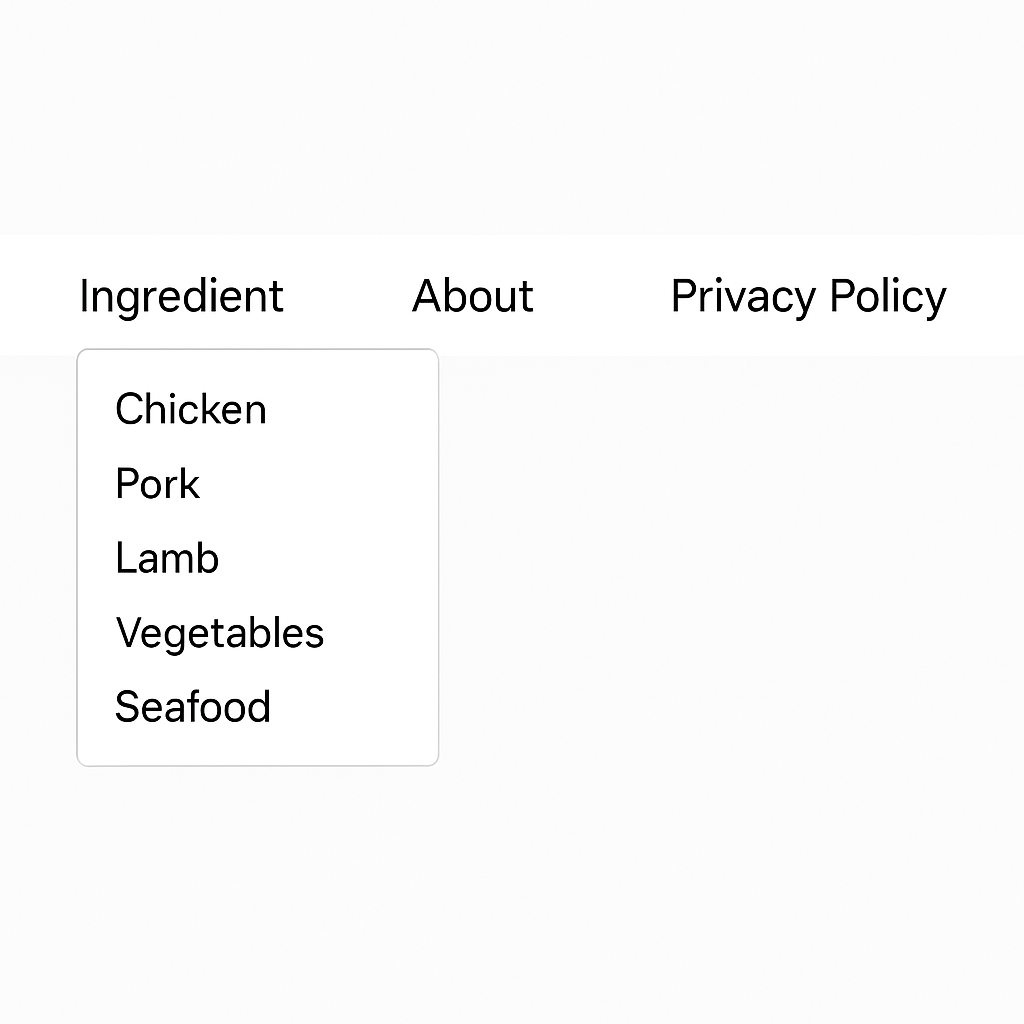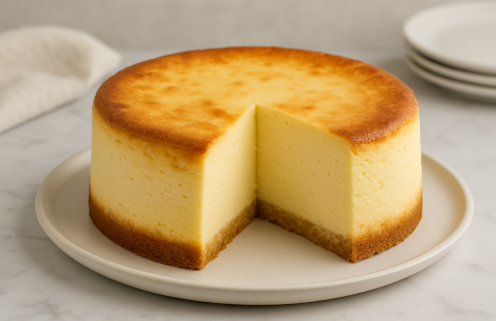This guide takes you through the requirements to be approved for Ezoic monetization, as well as tips on best practices.
This guide takes you through the requirements to be approved for Ezoic monetization, as well as tips on best practices.
To maximize your revenue you need to set up Ezoic ads correctly.
Include a privacy policy, accessible on every page of your website. Best practice is to place this in the menu or the footer. The policy needs to meet industry standards and accurately and clearly state how user data is collected, used, and shared.
Link your Privacy Policy in the privacy section of your Ezoic dashboard.
Include Ezoic’s Privacy Policy on your website. (You can find this by going to Settings > Privacy in your Ezoic dashboard. It will look something like this: http://g.ezoic.net/privacy/yourdomain).
Accurately input your Geo into the Consent Management platform (CMP). Your Geo is defined as ‘The country your site is based in, as it relates to privacy regulations’.
Enable California Consumer Privacy Act (CCPA), in the Consent Management app settings.
Branding is your site identity; it's how you create a consistent user experience that communicates your values and personality, and builds trust.
Keep your website in a single language.
Ensure author photos are high quality, and consistent across the site.
Make sure your domain name is the same as your website title, and is spelled correctly.
Make menus easy to understand and navigate. (E.g If we take the example of a recipe site, imagine your menu included 'Recipes', and 'Fun Food'. 'Recipes' is too broad and will make it difficult for users to locate what they are looking for. 'Fun Food' is too subjective).
Ensure categories are classified consistently and logically. (E.g if you have ‘breakfast’, ‘lunch’, and ‘Mexican recipes’, Mexican recipes doesn’t make sense to the visitor here - they are expecting to see ‘main dishes’.)
Top level menu - Courses

Top level menu - Meal Times
![]()
Subcategories - Diet

Sub categories - Ingredients

Original content.
Each article should provide unique value: limit duplicate or near duplicate content to no more than 5 pages per category. (e.g avoid creating separate pages on a travel blog for “Weekend in Paris,” “Best Paris Trip,” and “Short Paris Getaway” if they cover the same itinerary).
Prohibited content is inappropriate, harmful, or illegal content, and this violates Google’s ad policies.
Must correspond to the product or subject being discussed.
Contain realistic movements.
Not blurred.
Here’s an example of a low quality image:

Corresponds to the title.
High quality filmography.
Here’s an example of a low quality video:

Presenter rather than slide shows.
Ensure there are no invalid links on the website or social media.
Websites must have a real audience: invalid traffic includes fraudulent clicks, bot-generated traffic, and activities that artificially increase ad metrics. See this guide for how to identify and remove invalid traffic.
Use clear, safe links that take users directly to the content they expect. Always give users control—let them choose if they want to visit another site, download a file, or install software. See Google's policy on ‘sneaky redirects’ for more information.
As a Premier Google Certified Publishing Partner, Ezoic is responsible for ensuring that all publishers we work with are fully compliant with Google’s policies, as well as those of our other partners.
The Ezoic review process allows us to maintain the integrity of our platform and ensure that the websites we onboard are a good fit to benefit from our technologies and services.
If you get a notification email, log in to your Ezoic dashboard to see details. Review the Ezoic Quality criteria and update your site as needed. Wait 7 days to re-apply so you have time to make changes. Once the necessary changes have been made, you can reapply in your Ezoic dashboard.
After you reapply, your site should be re-reviewed within 10 days, dependent on the queue.
Google’s review process can take up to 18 days.
If you have questions, head to support.ezoic.com.
Was this article helpful?